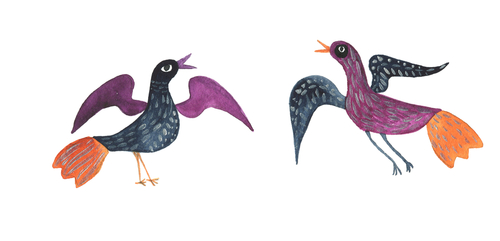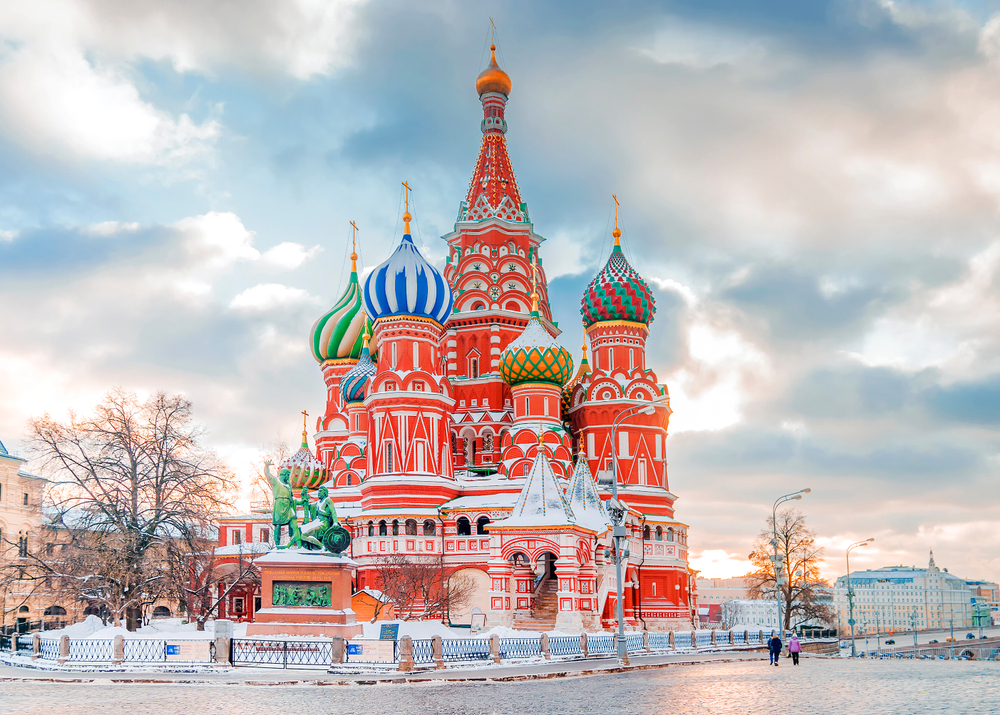
Russian Carrot Salad
This is an interesting recipe because the official name is Morkovcha, or Spicy “Korean” Carrots. So why am I including this in a collection of Russian recipes? I saw this recipe being served firsthand at several Russian and Ukrainian weddings. I asked around and it appears to be very popular. In fact, my Belarusian best friend helped me get this recipe just right. There is a lot of speculation as to why the dish is called what it is, but it’s possible someone just thought it looked like an Asian-Inspired dish and the name stuck. That’s how culture works sometimes, things just become accepted over time and we need to do a little detective work to find out why.

INGREDIENTS
- 2 1/2 lbs carrots
- 1 large white onion, diced
- 5 cloves garlic, minced
- 5 Tablespoons sugar
- 1/3 cup vinegar
- 2/3 cup oil
- 1 teaspoon salt
- 3/4 teaspoon black ground pepper
- 1/4 teaspoon cayenne pepper (optional)
INSTRUCTIONS
Wash, peel and julienne carrots. Set aside olive oil and onions to be used in the next step. In a large mixing bowl, add carrots and all remaining ingredients.
Heat olive oil in a skillet, add onions and saute until translucent and golden in color. Remove the skillet from the heat and tilt, moving the onions to the side and allowing all of the oil to pool at the bottom. Collect 1/2 cup hot oil in a microwave safe measuring cup. Discard the onions and remaining oil, or use for another meal.
Heat the oil in the microwave for 1-2 minutes, ensuring it does not begin smoking. Carefully pour hot oil over the carrot mixture, using a large fork to mix oil throughout the other ingredients. Transfer mixture to a sealed container, refrigerate and allow to marinate for 6-12 hours.


Saint Basil’s Cathedral
Ordered by Ivan the Terrible in the mid-16th century, Saint Basil’s Cathedral has witnessed the progression of Russian politics and culture for hundreds of years, becoming a globally recognized symbol of Russia. Interestingly, when the cathedral was first built the domes were white. It wasn’t until the beginning of the 17th century that they were painted the brilliants colors you now see.
